032. Pull
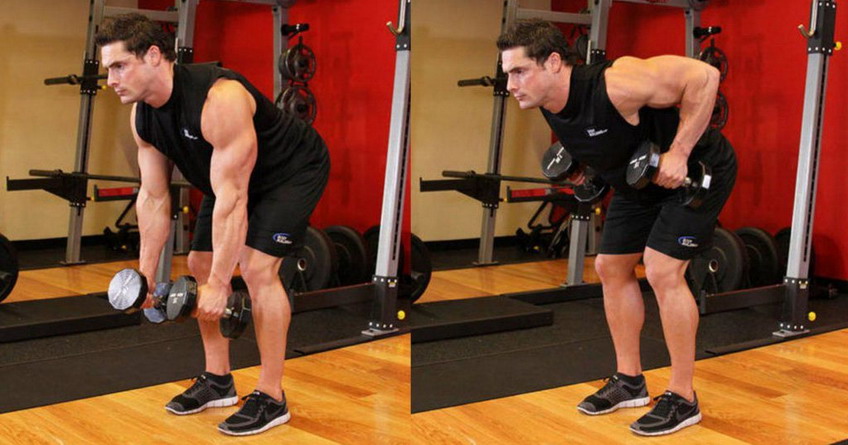
You have to be able to forcefully move objects towards your body.
Similar to push, there are also 2 ways to pull objects, depending on actual situation, object size and mass:
- Upper body pull: Natural way to pull smaller and lighter objects by standing still and just flexing arms towards the body. Think about pulling a lever on slot machine, rowing a boat or pulling a starter cord of a lawn mover.
- Whole body pull: Natural way to pull larger and heavier objects by walking backwards mainly with leg power, while keeping arms extended and straight. Think about tug of war or pulling a rope attached to some object, like a car, sled, tire, wooden log, etc.
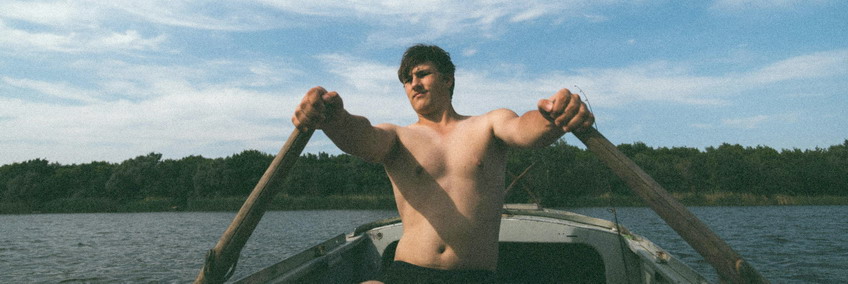
The best exercise for upper body pull is bent-over row. Find a heavy object (stone, barrel, sandbag) or two identical smaller objects, one for each hand (2 buckets filled with sand, 2 canisters filled with water, 2 sport bags). Take object or objects in your hands. Lean forward and hold torso at 45° degrees or lower. Lift object or objects toward your waist or chest, up and down, with power of your arms. Do bent-over rows for several sets and reps. Another, more entertaining exercise, would be to actually row a boat.
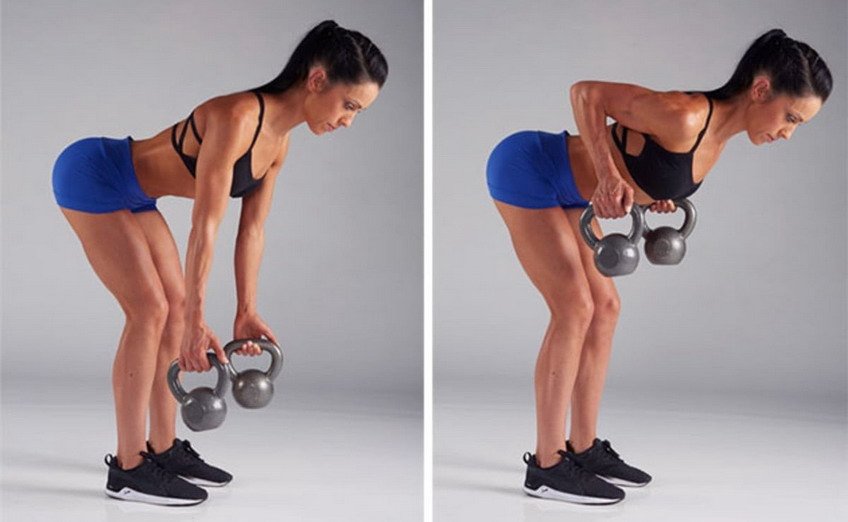
Whole body pull can be trained by pulling a sled or any other object. Put some weight on the sled. Attach a rope and hold it in your hands. Start pulling it with leg power by going backwards and arms fully extended. It is important to walk backwards and drag weight while facing it, because walking forward would be similar to the previously explained whole body push, from the leg standpoint. Pull for time or distance and then repeat a few times. When training indoors, put your hands on the widow frame or attach rope to a wall or any other immovable object and pull mostly with legs by walking backwards in place. If you use rope, don’t forget to alternate hand positions: left hand forward, right hand forward.
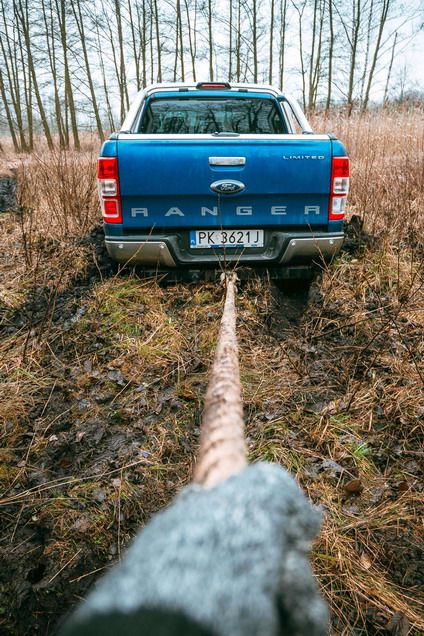
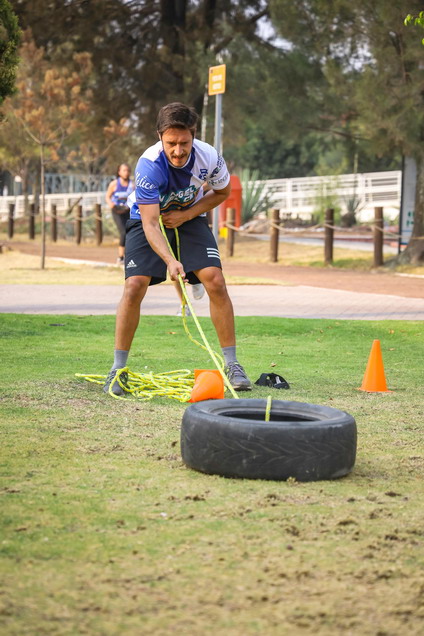
After a few months of slow and controlled exercising, switch to more powerful pulling movements. Do powerful bent-over rows by quick lifting up and down, without any pauses. Pull rope attached to a sled or any other object by quickly walking backwards. Be careful not to fall and be sure there are no holes in the ground, stones or other obstacles on the path behind you. When exercising indoors, pull hard by simulating running backwards in place.
Both variants of pull are equally important and should be trained with equal attention. This is important for development of balanced and fully functional pulling power.
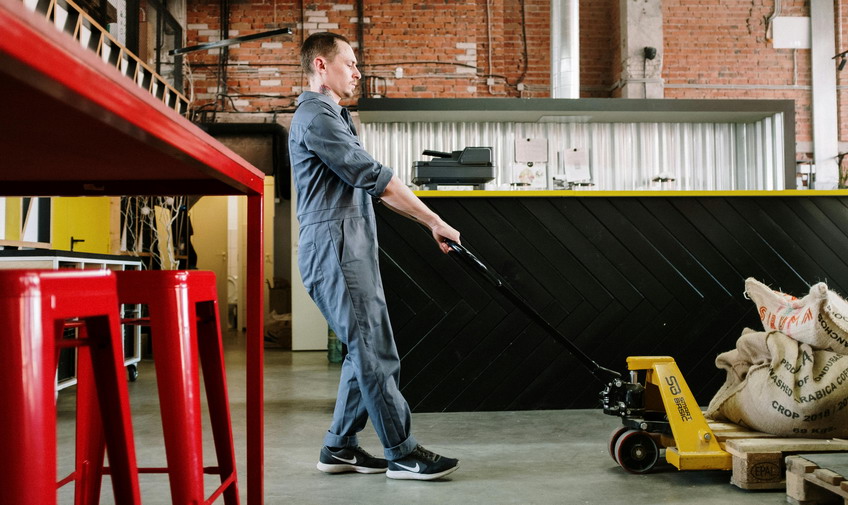
Add comment
Fill out the form below to add your own comments